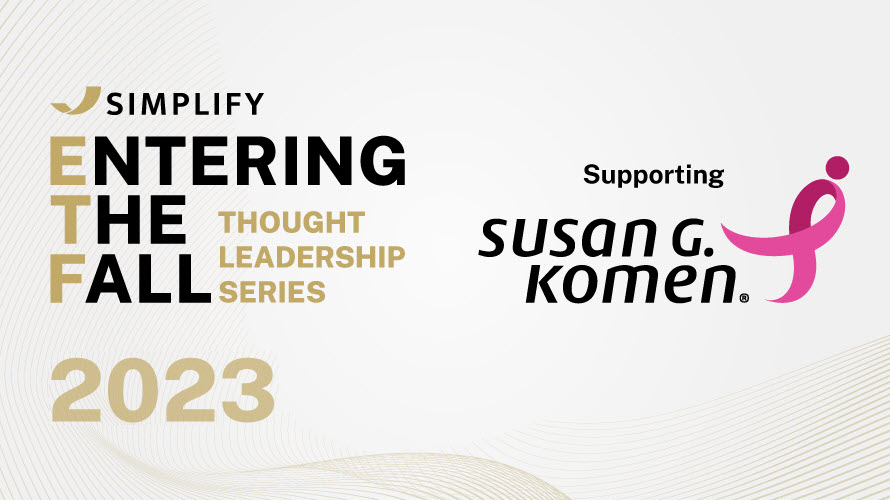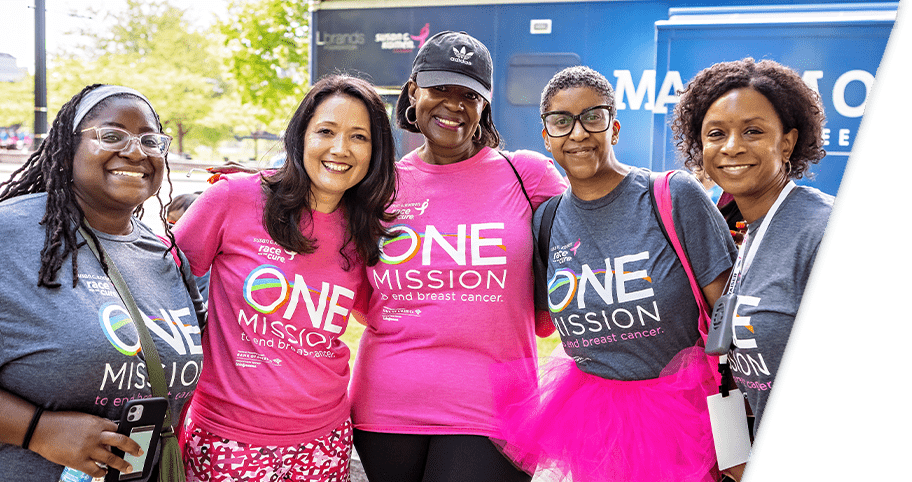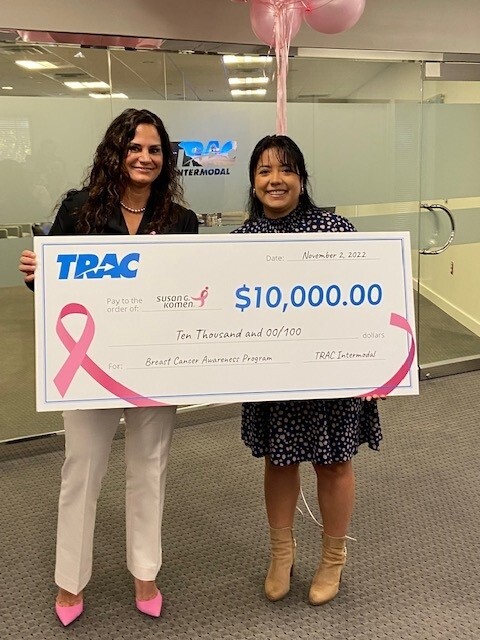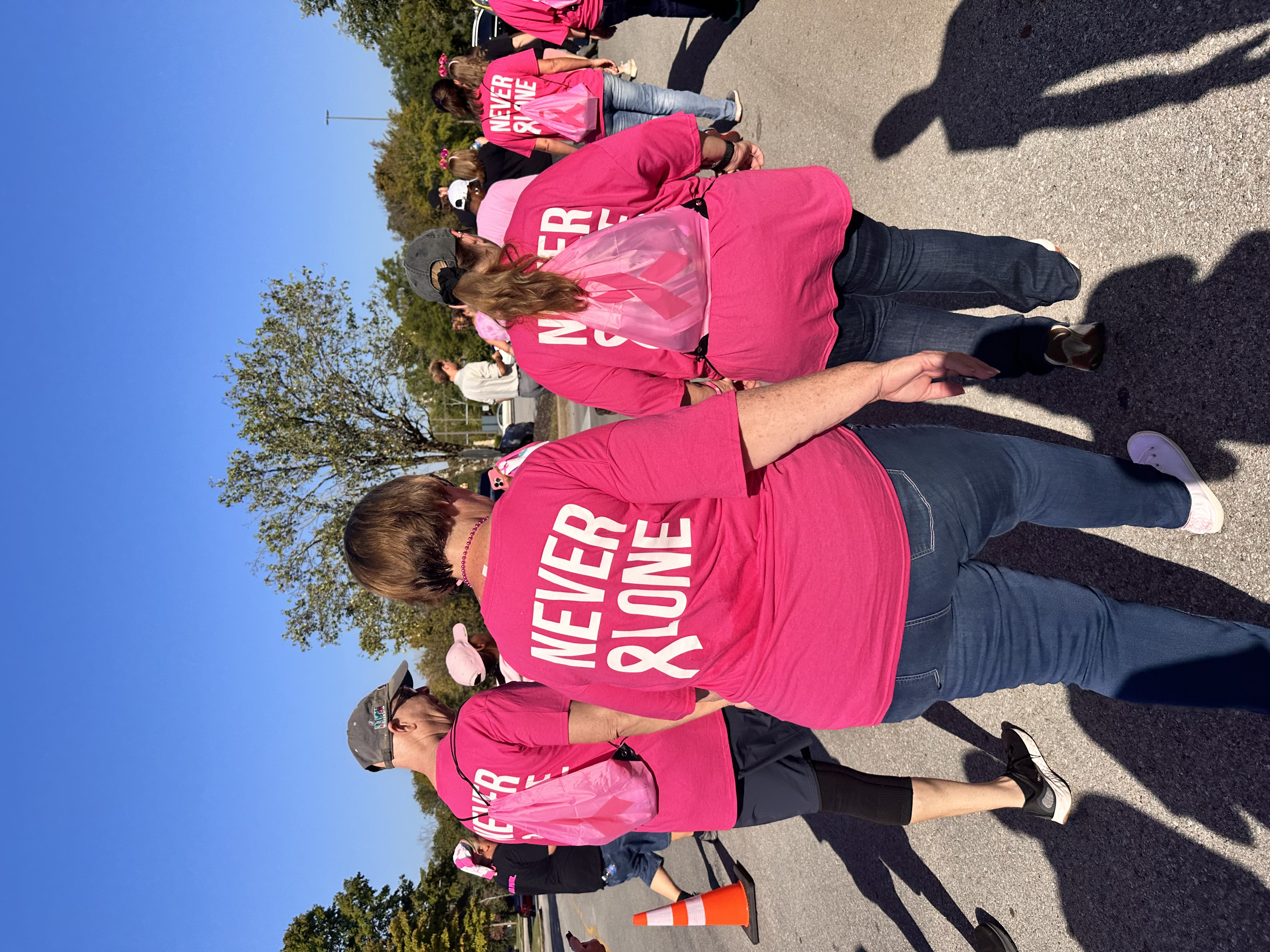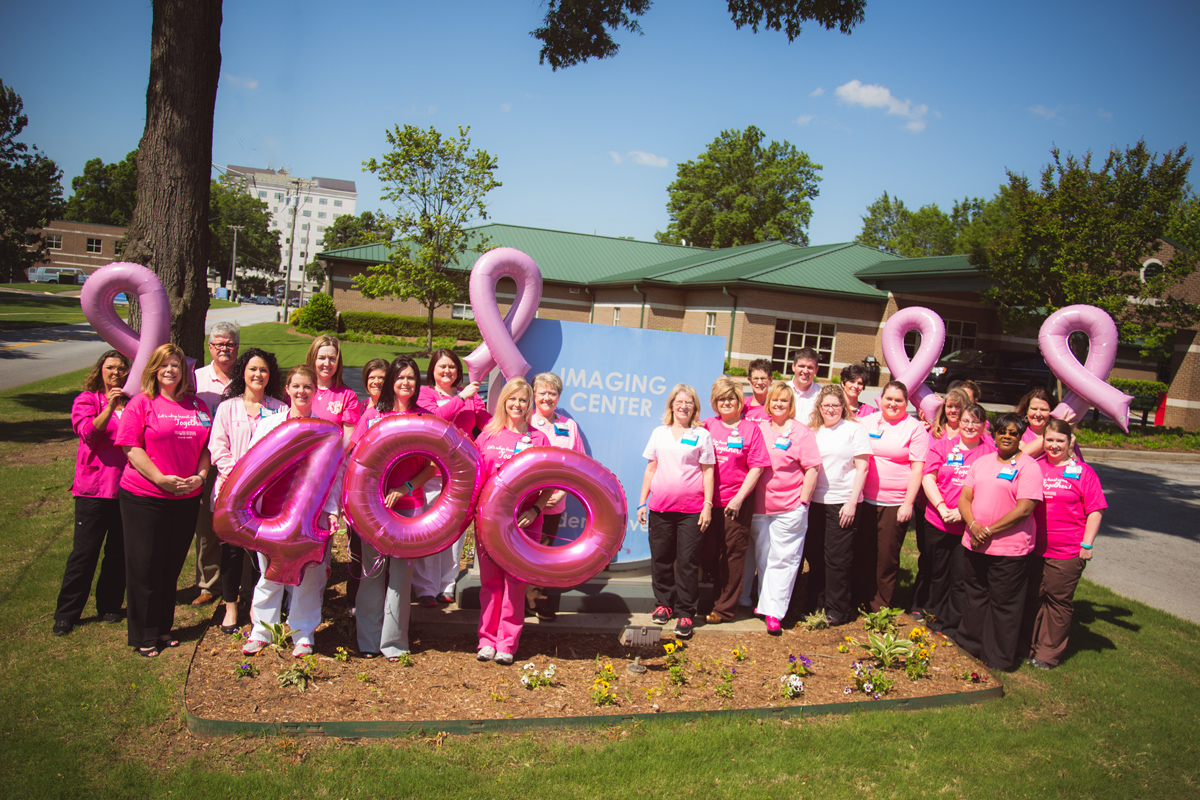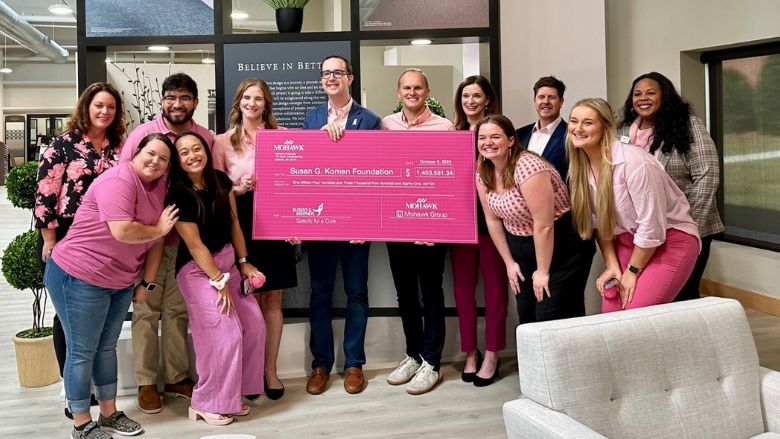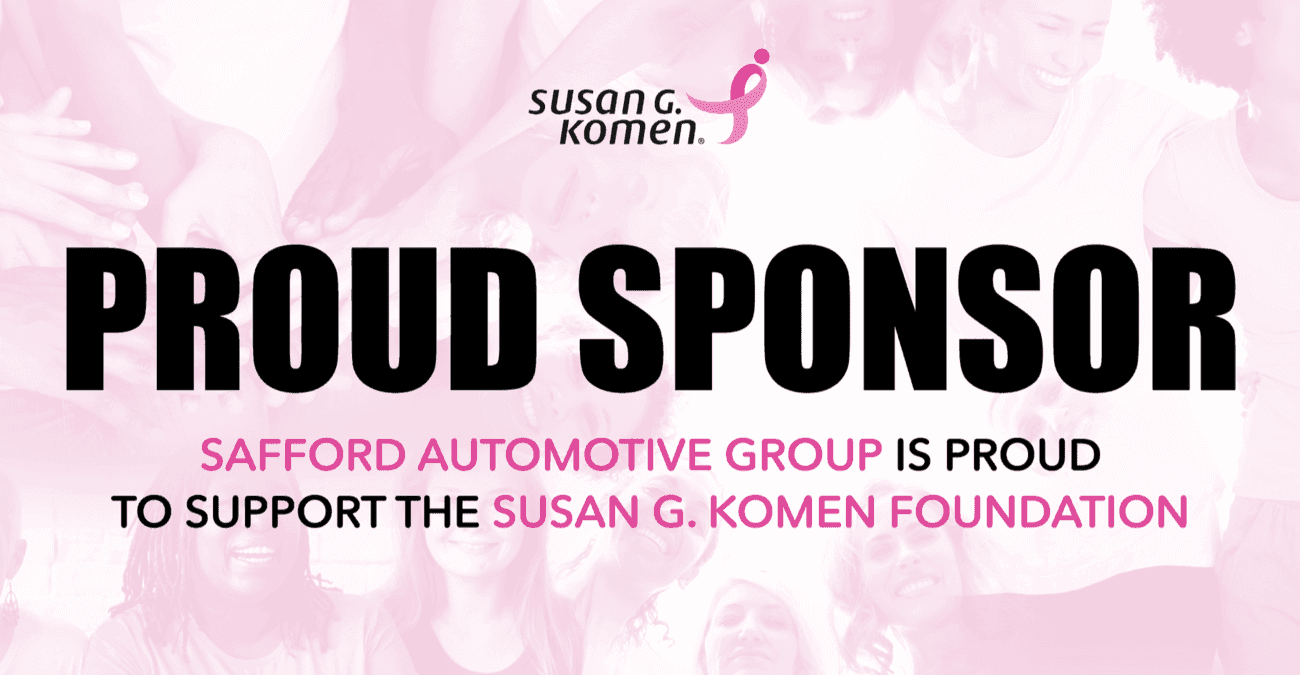What Happened To Susan G Komen Foundation

Once a ubiquitous symbol of hope and progress in the fight against breast cancer, the Susan G. Komen Foundation, a name synonymous with pink ribbons and walks for the cure, has seen its prominence diminished in recent years. This decline raises critical questions about the evolution of the non-profit sector, shifting priorities in breast cancer research and advocacy, and the challenges of maintaining relevance in an ever-changing landscape.
This article delves into the complex factors contributing to the Susan G. Komen Foundation's shifting trajectory. It examines controversies surrounding funding allocations, perceived mission drift, increased competition from other breast cancer organizations, and evolving public perception. We will explore how these elements have coalesced to impact the foundation's visibility, fundraising capabilities, and overall influence in the fight against breast cancer, providing a balanced perspective on the challenges and opportunities that lie ahead.
A Controversial Partnership and its Fallout
In early 2012, the Susan G. Komen Foundation became embroiled in a major controversy when it announced its decision to cease funding to Planned Parenthood for breast cancer screenings. This decision, allegedly based on a congressional investigation into Planned Parenthood, sparked immediate and widespread outrage.
Critics accused the foundation of succumbing to political pressure from anti-abortion groups, arguing that the move would disproportionately harm low-income women who relied on Planned Parenthood for crucial healthcare services.
The backlash was swift and severe, with many donors and supporters publicly severing ties with the organization, resulting in a significant drop in donations and tarnishing the foundation's reputation.
The Aftermath and Attempts at Damage Control
Following the public outcry, the Susan G. Komen Foundation reversed its decision and reinstated funding to Planned Parenthood. However, the damage was already done.
The controversy had exposed deep divisions within the organization and raised serious questions about its commitment to its stated mission of eradicating breast cancer.
This incident served as a turning point, marking the beginning of a period of significant challenges and introspection for the foundation.
Funding Allocations and Research Priorities
Another area of scrutiny for the Susan G. Komen Foundation has been its allocation of funds. While the foundation has invested heavily in research, questions have been raised about the types of research prioritized and the impact of those investments.
Some critics argue that the foundation has focused too heavily on treatment and screening, while neglecting research into prevention and the underlying causes of breast cancer.
Concerns have also been voiced about the percentage of funds allocated to administrative costs and marketing, raising questions about the efficiency and effectiveness of the organization's operations.
Evolving Landscape of Breast Cancer Research
The field of breast cancer research has undergone significant advancements in recent years, with new discoveries and technologies emerging at a rapid pace. This evolution has created a more competitive landscape for funding, with numerous organizations vying for limited resources.
Organizations focusing on targeted therapies, personalized medicine, and innovative prevention strategies have gained prominence, challenging the Susan G. Komen Foundation's traditional dominance in the field.
Maintaining relevance and attracting funding in this evolving landscape requires a commitment to innovation, collaboration, and a willingness to adapt to changing scientific priorities.
Increased Competition and Shifting Public Perception
The Susan G. Komen Foundation is no longer the only major player in the fight against breast cancer. Numerous other organizations have emerged, each with its own unique focus and approach.
These organizations range from grassroots advocacy groups to research-focused institutions, providing donors and supporters with a wider range of options for contributing to the cause.
This increased competition has put pressure on the Susan G. Komen Foundation to differentiate itself and demonstrate its value proposition.
Changing Attitudes Towards Cause-Related Marketing
Public attitudes towards cause-related marketing and corporate partnerships have also evolved. Consumers are increasingly discerning about the companies and organizations they support, demanding greater transparency and accountability.
The "pinkwashing" phenomenon, where companies use pink ribbons and breast cancer awareness campaigns to promote their products without making meaningful contributions to the cause, has become a subject of criticism.
The Susan G. Komen Foundation has had to navigate these changing attitudes, ensuring that its partnerships are authentic and aligned with its mission.
Looking Ahead: Re-evaluating and Rebuilding
The Susan G. Komen Foundation has faced significant challenges in recent years. Addressing these challenges requires a commitment to transparency, accountability, and a willingness to adapt to the evolving landscape of breast cancer research and advocacy.
The organization must re-evaluate its funding priorities, focusing on innovative research, prevention strategies, and addressing disparities in access to care.
By embracing collaboration, engaging with diverse communities, and demonstrating a genuine commitment to its mission, the Susan G. Komen Foundation can regain its prominence and continue to make a meaningful impact in the fight against breast cancer.
The Future of Breast Cancer Advocacy
The future of breast cancer advocacy lies in a collaborative and inclusive approach. The landscape has shifted, and no single organization can claim sole ownership of the fight.
Greater emphasis must be placed on patient-centered research, addressing the unique needs of diverse populations, and advocating for policies that promote equitable access to care.
By working together, organizations, researchers, policymakers, and individuals can create a future where breast cancer is no longer a threat to public health. The Susan G. Komen Foundation, if it adapts effectively, can still play a vital role in achieving that future.

